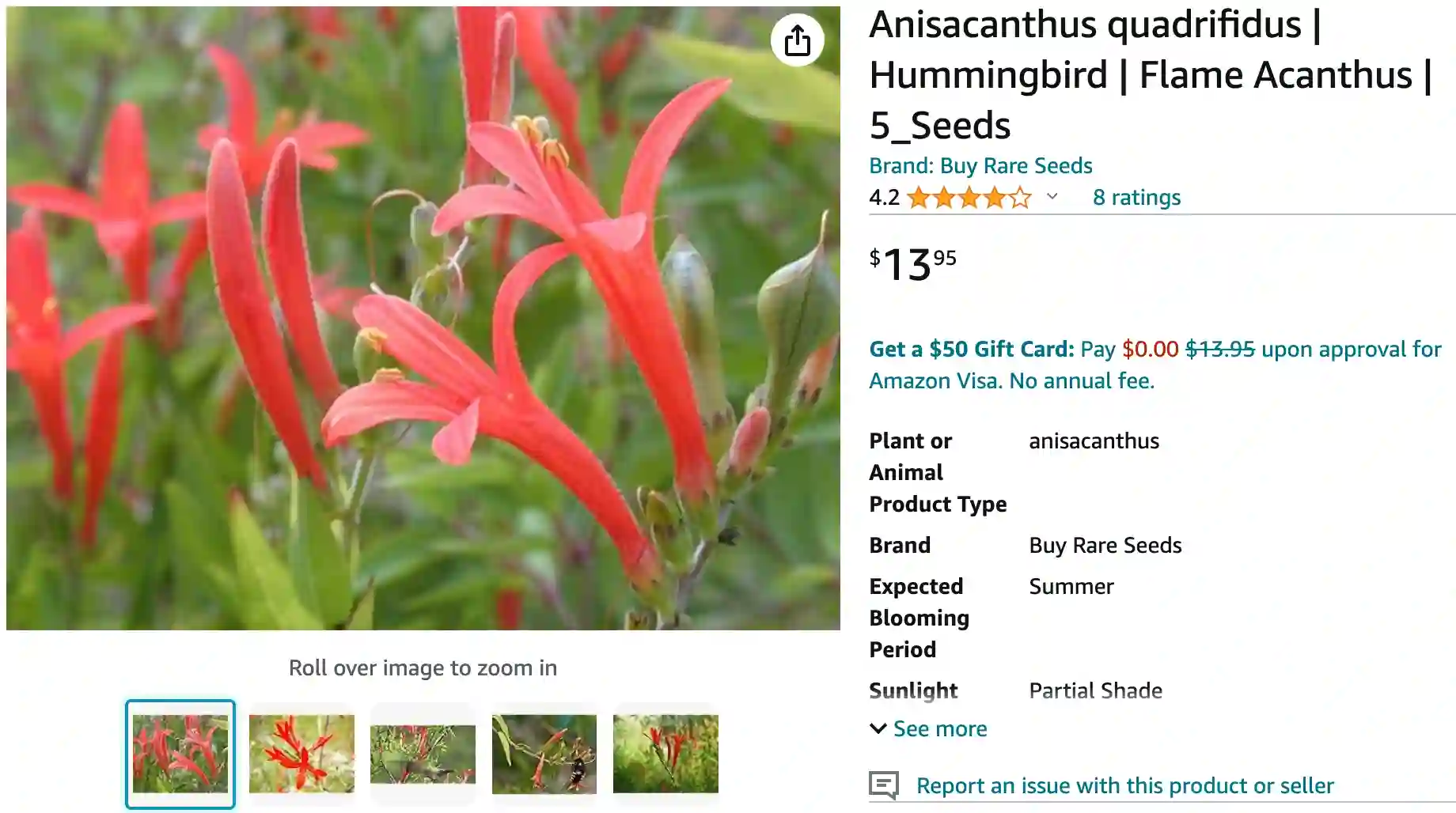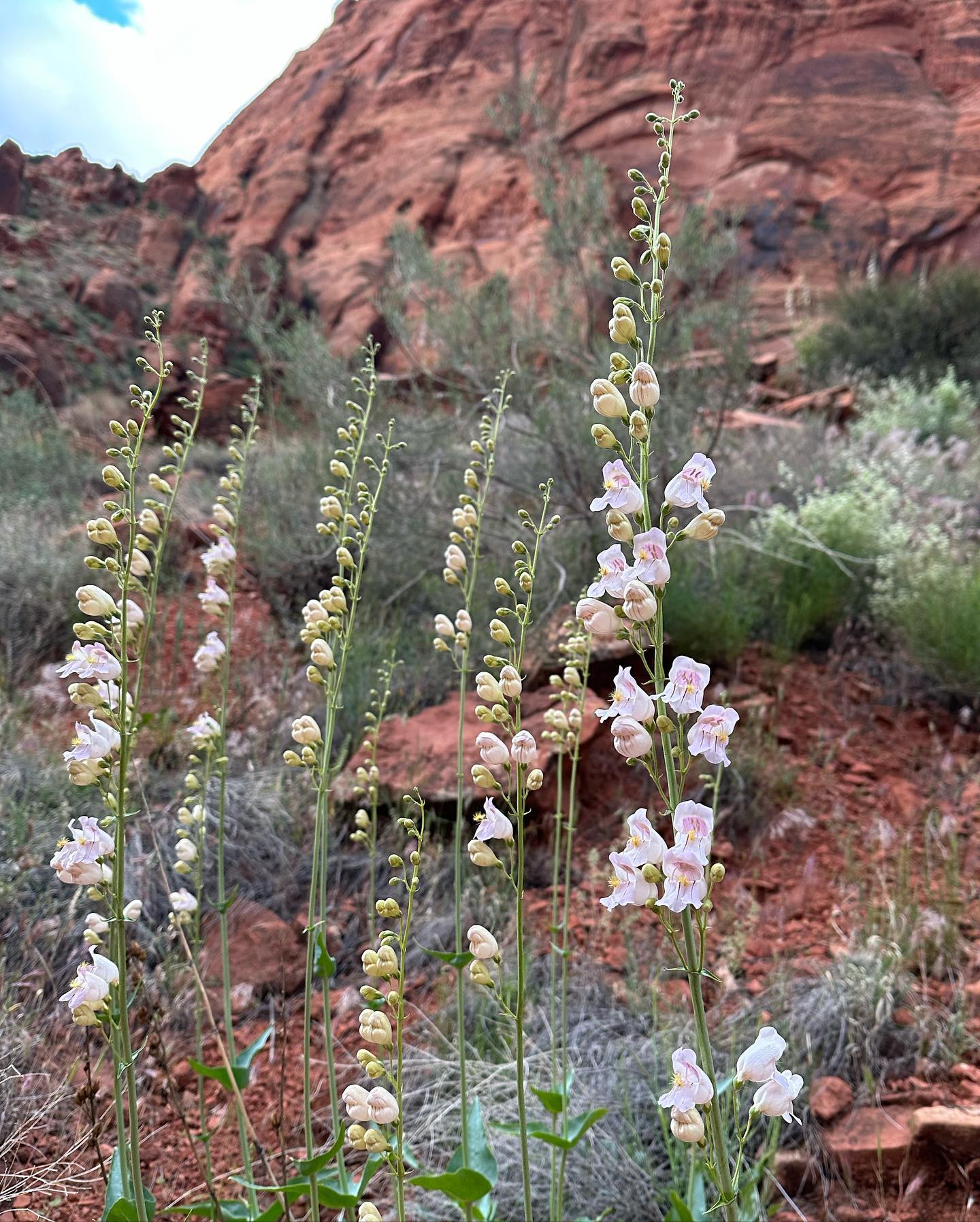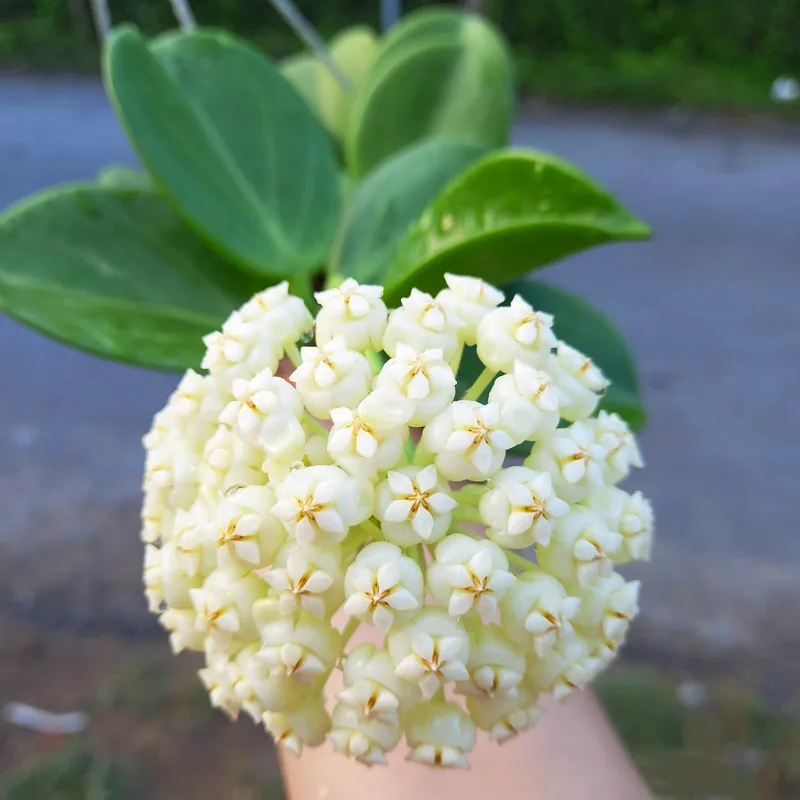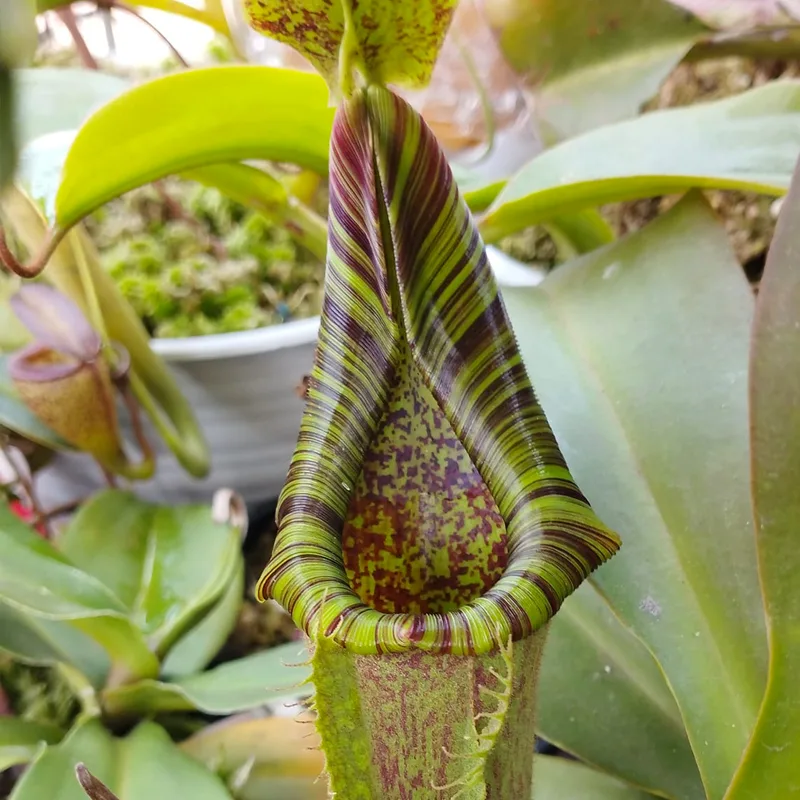
What is Flame Acanthus?
Flame Acanthus, also known as Anisacanthus Quadrifidus, is a beautiful perennial plant that I’ve had in my garden for a few years. It’s a real standout with its vibrant red-orange tubular flowers that attract hummingbirds and butterflies. I love how it adds a splash of color and brings so much life to my garden.
When does Flame Acanthus bloom?
In my experience, Flame Acanthus starts blooming in mid-summer and continues until the first frost. It’s always a delight to see the bright flowers appear just as some of the earlier blooms in the garden are starting to fade. The extended blooming period is one of the reasons I enjoy having it around; it ensures there’s always something eye-catching in the yard.
Is Flame Acanthus poisonous?
As far as I know, Flame Acanthus is not poisonous. I’ve never had any issues with it, and none of my neighbors have mentioned any problems either. It’s pretty safe to have around the house, especially if you have kids who might be curious about touching the plants.
Is Flame Acanthus poisonous to dogs?
I’ve read up on it quite a bit, and Flame Acanthus isn’t poisonous to dogs, which was a relief since my dog likes to explore the garden. She’s never shown any interest in eating the plants, but it’s good to know that it’s safe just in case.
Do deer eat Flame Acanthus?
Deer don’t seem to bother my Flame Acanthus. I live in an area where deer are pretty common, and they usually munch on a lot of the other plants in the garden, but they leave the Flame Acanthus alone. It’s nice to have a plant that adds beauty without becoming a snack for the local wildlife.
Do you cut back Flame Acanthus in the spring?
I do cut back my Flame Acanthus in the spring. Once the last frost has passed, I trim it down to encourage new growth. It’s a pretty hardy plant, so it bounces back quickly and starts to fill out nicely. This pruning helps keep it from getting too leggy and ensures a fuller, bushier appearance.
Does Flame Acanthus spread?
Flame Acanthus does spread, but it’s not invasive in my experience. It tends to stay relatively contained, and any new growth is manageable. I’ve found that it’s easy to dig up and transplant any new shoots if I want to move them to a different part of the garden or share them with friends.
How to tell pruning Flame Acanthus?
When it comes to pruning Flame Acanthus, I usually look for any dead or weak branches in early spring. I cut these back to the base or to a healthy set of leaves. This keeps the plant healthy and encourages robust new growth. Pruning also helps maintain the shape of the plant, preventing it from becoming too unruly.
How to grow Flame Acanthus?
Growing Flame Acanthus has been quite straightforward for me. I planted it in a sunny spot with well-draining soil, and it’s thrived with minimal care. It’s drought-tolerant once established, so I only water it during particularly dry spells. Adding some mulch around the base helps retain moisture and keeps the roots cool.
How to propagate Flame Acanthus?
Propagating Flame Acanthus is pretty easy. I’ve had success with both seeds and cuttings. For cuttings, I take a healthy stem in late spring or early summer, dip it in rooting hormone, and plant it in a pot with a mix of potting soil and sand. I keep it moist and in a shady spot until it roots, which usually takes a few weeks. Then, it’s ready to be planted in the garden.




